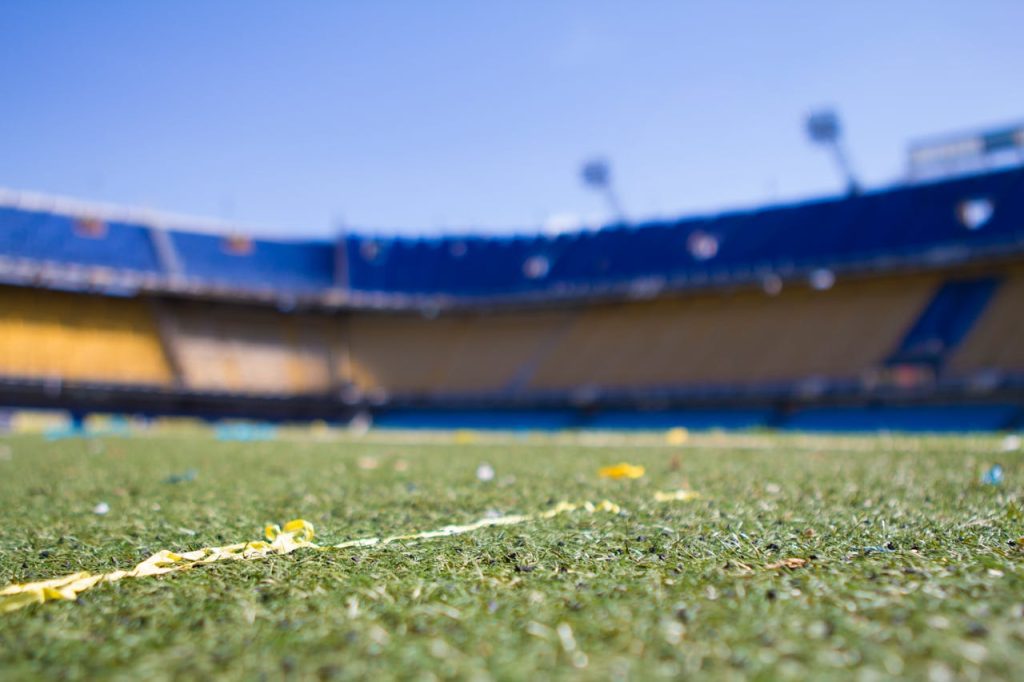
Since NIL (Name, Image, and Likeness) rights were signed into law in 2021, there’s been a lot of buzz around how this ruling could potentially disrupt high school and collegiate athletics. Recently, the NCAA released a data dashboard revealing that over 50% of NIL earnings this past year were less than $100. While the modest earnings aren’t surprising to me, what still stands out is the strong backlash against NIL, especially from those who, in many cases, have never been athletes themselves (at least that’s my observation).
Although there are aspects of the law that still need refinement, the benefits for athletes are undeniable. They now have the opportunity to secure funding to support their families, launch businesses before graduation, and even work part-time jobs to cover expenses not provided by scholarships—all legally and transparently. Despite these advantages, the opposition remains fierce. After some reflection, I’ve outlined a few reasons why I believe many continue to criticize this shift in high school and collegiate athletics.
Reasons People Still Oppose NIL
Misconceptions About Earnings. Many people assume that all college athletes are raking in millions, leading to a skewed perception of NIL. This can lead to resentment, as people may feel that athletes are being unfairly rewarded at such a young age, especially if they aren’t aware that most athletes are earning very little. In my view, instead of focusing on our own professional or financial shortfalls, we should celebrate the success of the select few who are able to capitalize on solid NIL opportunities.
Jealousy and Envy. Yes, I said it—jealousy and envy may play a role. There might be some within our own community who feel a sense of envy, particularly those who never had the chance to earn money as college athletes. Watching young athletes, especially those in non-traditional sports, receive payments can stir feelings of resentment.
Unrealistic Expectations. There’s a concern that NIL deals will spoil athletes or distract them from their studies. Critics worry that young athletes will become overly focused on money at the expense of their education and personal growth. But let’s be honest—haven’t many college athletes always worried about money? Whether it’s those without full scholarships, those whose families can’t afford to travel to watch them play, or those struggling to afford a ticket home for the holidays, financial challenges have always been present. It’s time we examine the full spectrum of financial realities within our athlete community.
Resistance to Change. College sports have long been rooted in amateurism, and NIL marks a significant departure from that tradition. For some, this change can be difficult to accept, as they believe it disrupts the purity of college athletics. They may worry that the focus will shift from the sport itself to the pursuit of money.
Misinformation and Bias. Many critics of NIL may have never experienced collegiate sports firsthand and could be swayed by biased media coverage or misinformation. They may not fully grasp the financial challenges that many student-athletes face or the delicate balance required between academics and athletics. The data dashboard mentioned earlier should clarify that most student-athletes won’t become millionaires overnight, despite their newfound ability to earn NIL money.
Power Dynamics. Some individuals and organizations may be uncomfortable with the shift in power dynamics brought on by NIL. With athletes gaining more autonomy, there’s a fear of losing control or influence over college athletes—a change that can be unsettling for those accustomed to the old system.
At the end of the day, like so many things in life, it’s so important that we start embracing these changes and contribute a positive narrative to help current student-athletes thrive. Instead of focusing on the select few that can easily partner with big brands and garner huge sponsors, maybe we can focus our efforts on helping all athletes thrive: giving them the tools to better manage their time, help them master basic financial literacy topics such as budgeting and taxes, and assist them in building their personal brands so that they’re better equipped to face the real world after their athletic careers comes to a close.